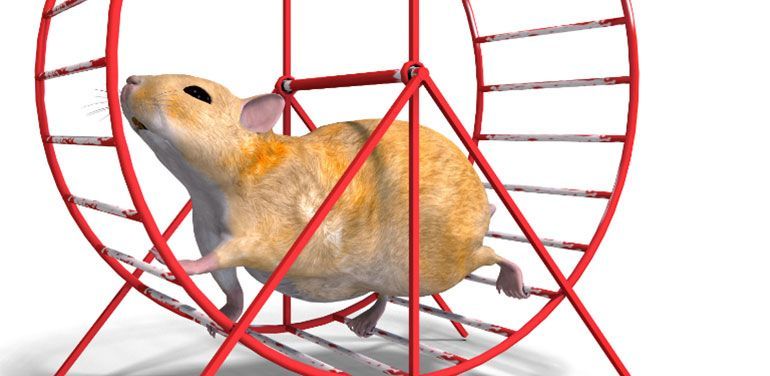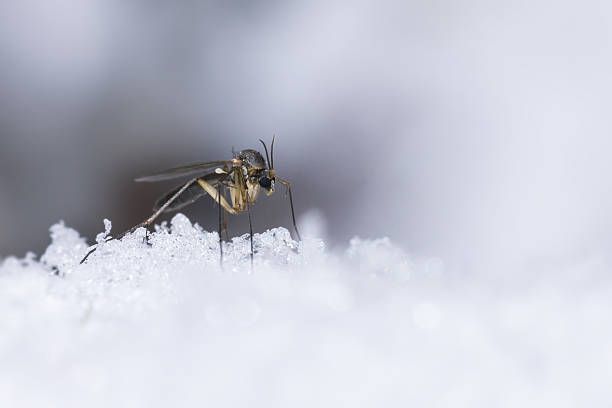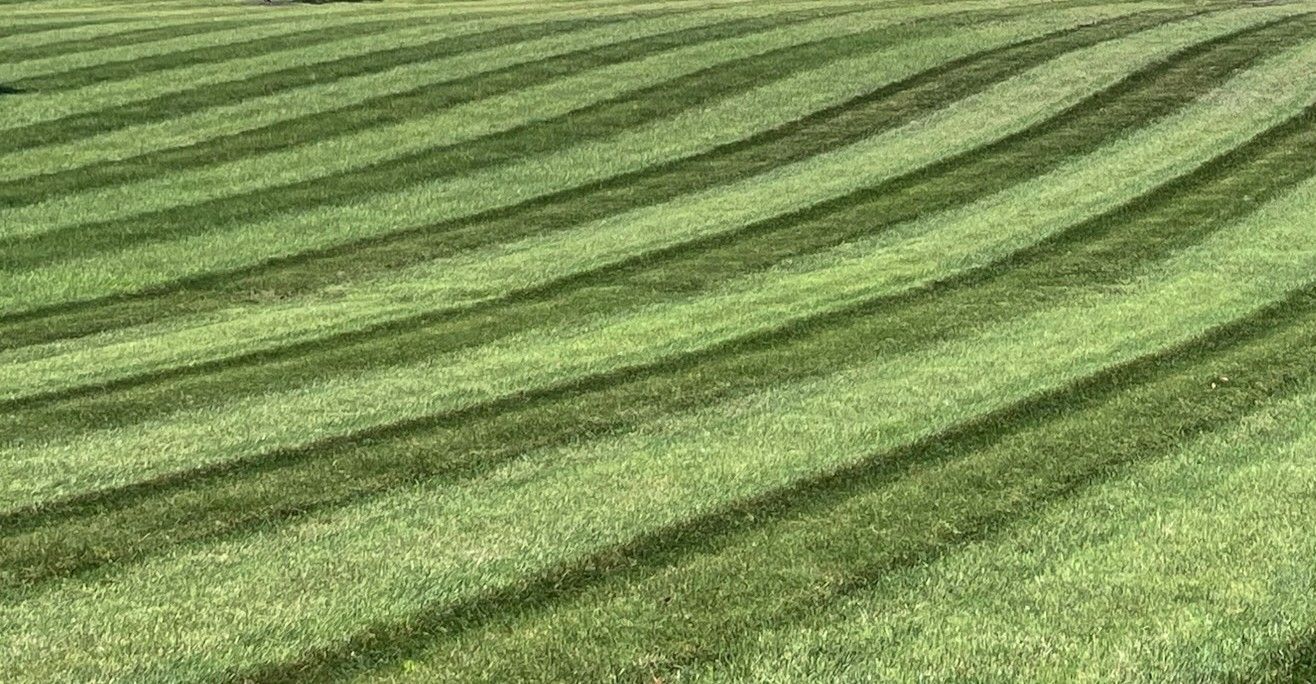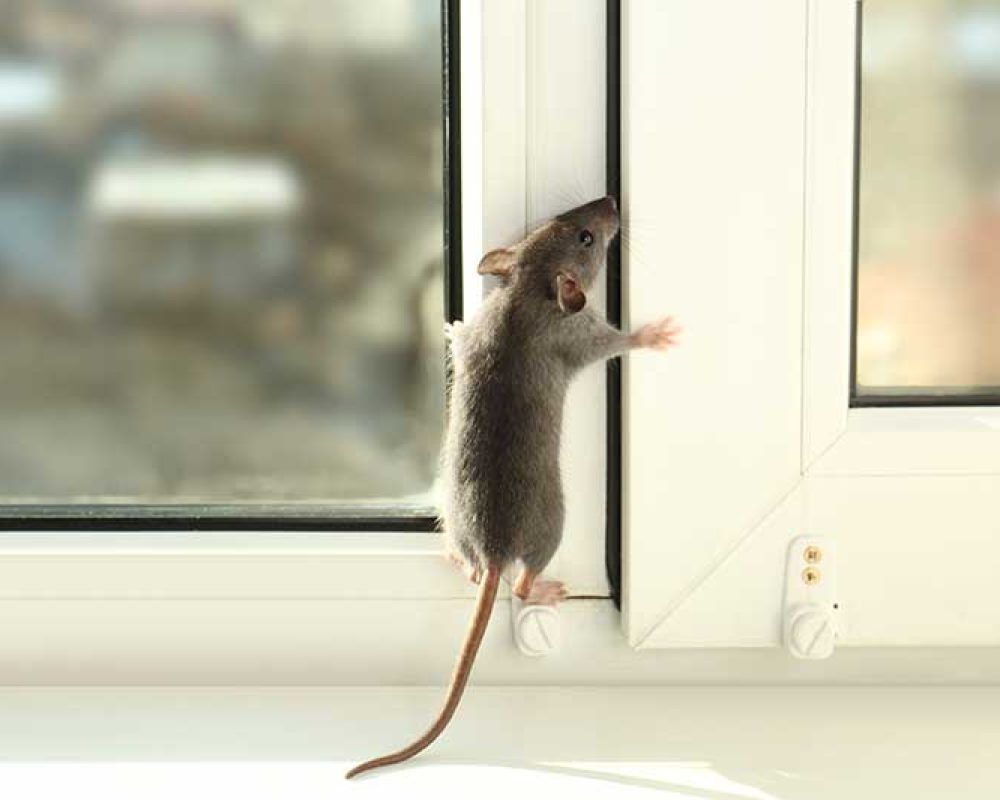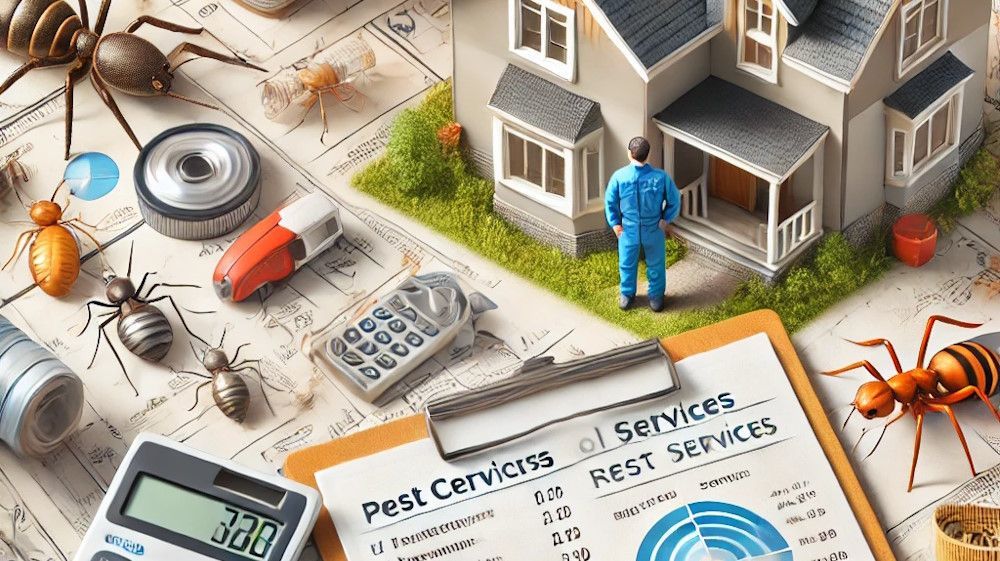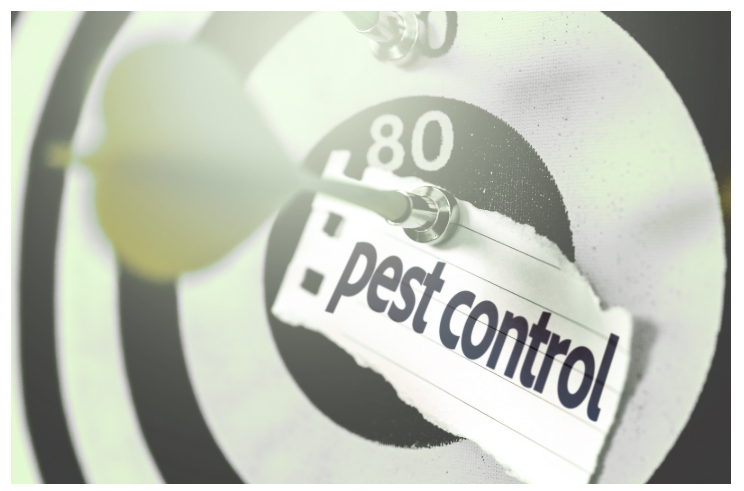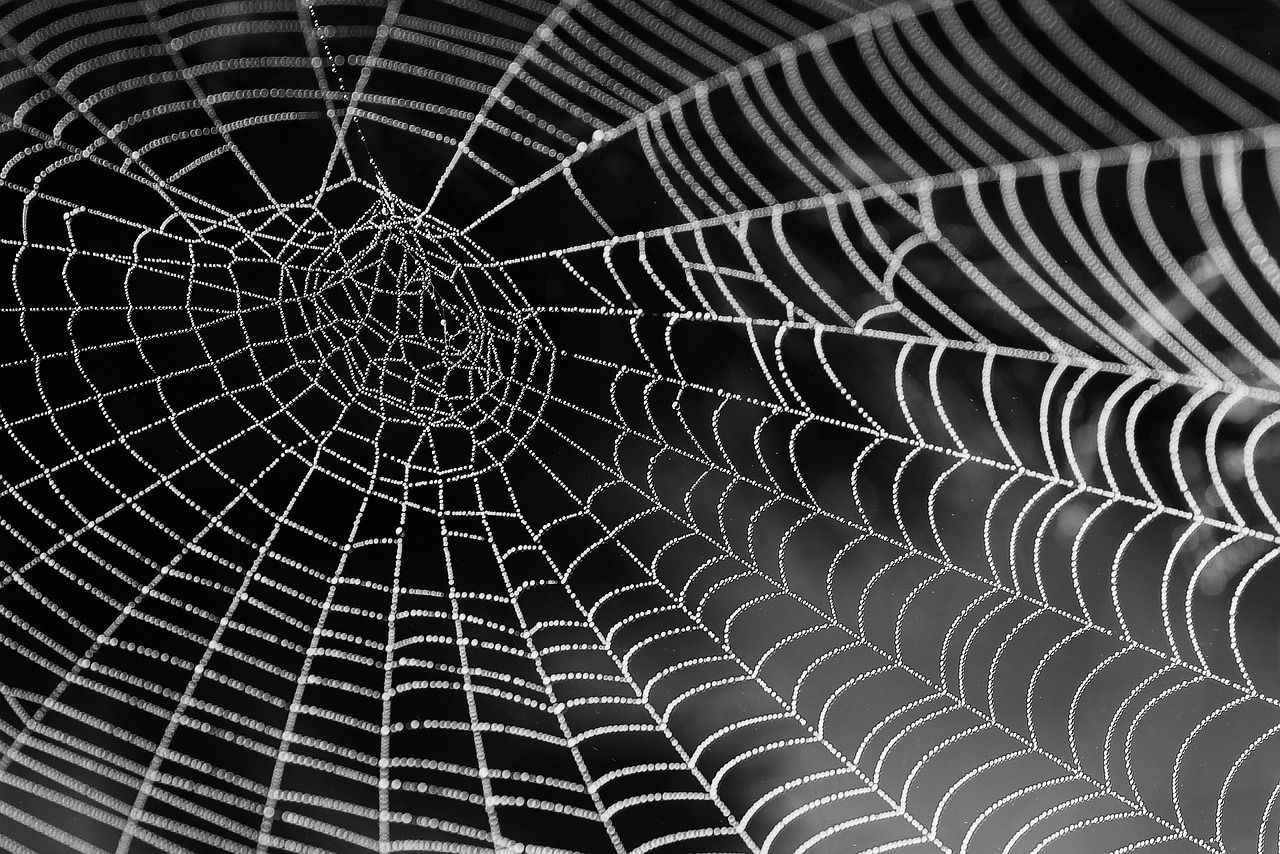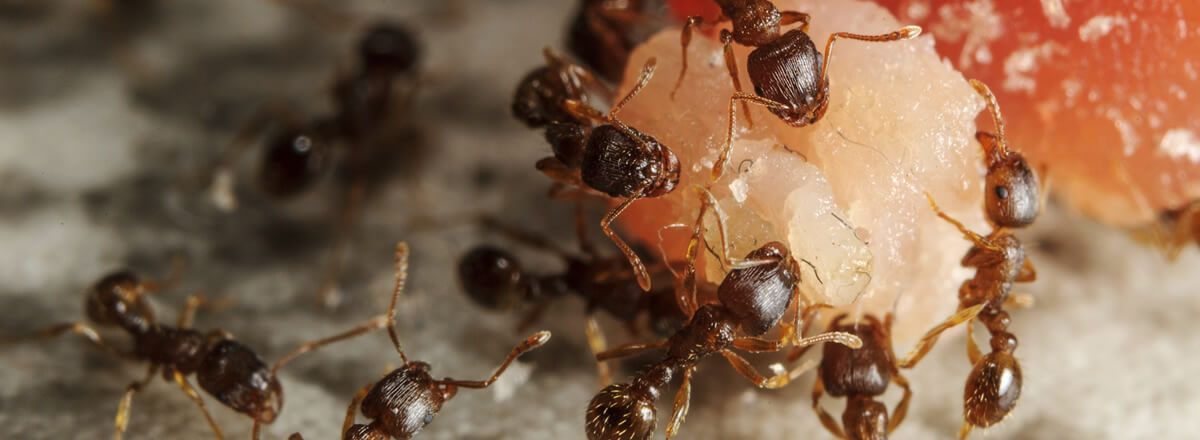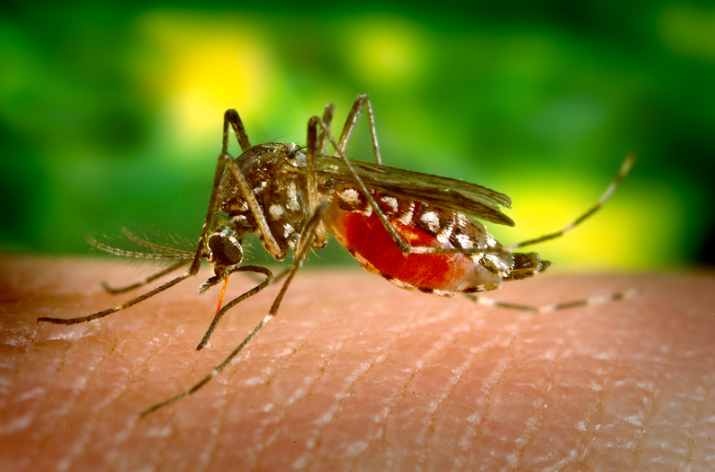Apple Scab -- Pay attention!!!
The evidence is now, the cure is a phone call away!!
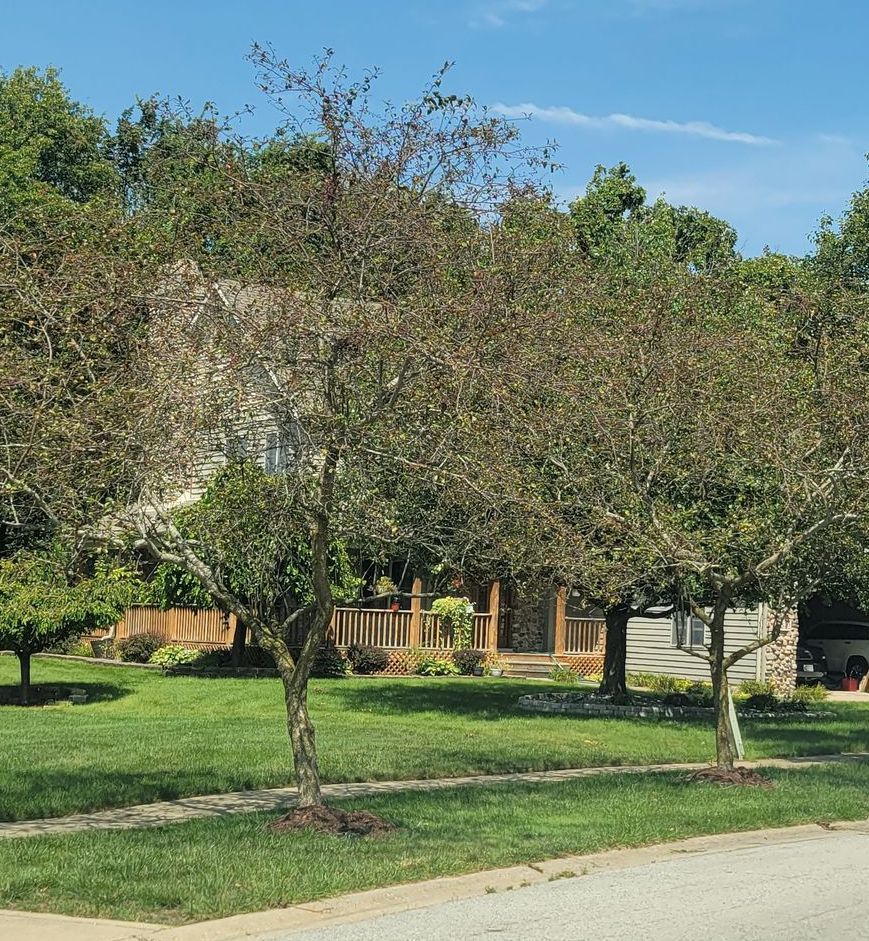
Now is the time when Apple scab is evident. These trees are screaming for your help. This is also the time of year I hear people state that treatment will be a priority next season. The problem is that the tree greens up in the spring (as it did this year), mid summer symtoms return, but another year goes by as the tree continues its decline. The best time for treatment for apple scab starts as soon as possible, the reason for this is that treatment is a multifaceted approach. I will explain more in the “What’s the Solution” part of the text.
Venturia inaequalis, commonly known as apple scab, is a serious disease attacking apples and crabapple trees. There are several other similar fungal pathogens that ravage other fruit and ornamental trees. Venturia pirina, or pear scab, is a prime example. Scab is very common, even on “scab resistant” trees. Treatment is necessary and proper treatment pertinent to any type of control. Getting 100% cured from scab is not a reality, instead suppression using a systematic approach is the most practical strategy.
Spotting on leaves, maldeveloped fruit, loss of leaves and fruit during the growing season, and thinning of the canopy. Initially the disease is not fatal in and of itself, but It does lead to stress on the plant leaving it susceptible to multiple secondary diseases. Stressed trees do not develop in a healthy manner and are impossible to keep aesthetically pleasing. If edible fruit is desired, scab will ruin any chances of a successful harvest.
Scab overwinters in fallen leaves and in the soil around the trees. Spring brings cool and wet conditions, which are optimum for disease development. Fungal spores are spread to leaves, flowers and fruit by wind, rain, and splashing water. The prevalence of fungal spores and time of desirable environment have a direct correlation with the severity of disease. Temperatures between 55- and 75-degrees Fahrenheit with high humidity cause the infections to spread rapidly, and this process can be repeated multiple times during a single season. As the disease progresses, spotting on leaves get larger. When fruit develops, spotting can be apparent. As the fruit grows, the shape and quality of fruit declines very abruptly. Leaf drop of stressed trees typically happens during mid-summer, typically July/August. The leaf drop is a defense mechanism of the tree and an attempt to push out healthy leaves during the current growing season. This process takes a large amount of energy during a time in the growing season when resources are typically not abundant. Although healthy leaves may be nurtured, the toll of stress can be difficult to recover from. Neglect of treatment results in defoliation, decreased growth, decreased canopy density, reduced blooms, increased susceptibility to other diseases including winter injury. The appearance of trees that have gone through years of this defoliation and stress, tend to look uneven, unkempt, disarranged, and terribly shaped.
What’s the solution??
There are several options to mitigate the damage from scab. Crabapples as ornamentals are irreplaceable and as a fruit tree there’s no way to get an apple without an apple tree. If you are in the planning stages trying to figure out what trees to use, select scab resistant trees if possible. This will not eliminate scab and treatment will certainly be part of the care of your tree, but treatments would be more effective. Even scab resistant trees will get scab, just to a more limited degree. Scab resistant trees naturally have a thicker leaf cuticle (waxy covering on the leaf), this makes it more difficult for infection to occur. If you have a crabapple/apple tree already, there is no reason to cut it down and start over.
Often the advice is put out there that good housekeeping is the best way to limit the spread and intensity of scab. Thoroughly cleaning up all leaves and branches, especially of infected trees isn’t a bad idea, but won’t have much effect on scab. The amount of cleanliness necessary to have an impact would be impractical.
The best way is using a systematic approach. Starting with a growth regulator, which should be applied as soon as the decision is made that control is desired. The effects of this application will not be noticed until at least the following growing season. It is the delayed reaction to the growth regulator that is the reason for the ASAP approach. Delaying this part of the treatment, as well as not being scheduled for spring fungicide application, which is a timely application, will certainly result in symtoms the following season and continued tree decline. The reason a growth regulator is warranted is mostly due to the secondary effects. The growth regulator is a gibberellin inhibitor. Gibberellin is a plant growth hormone that regulate cell elongation. When used there is a noticeable difference in internodal growth (length of new growth on branches, compared to other years. The primary effects of this application are less pruning and a thicker canopy, this makes for a more aesthetically pleasing tree that is not getting stressed by excessive pruning. The secondary effects are increased chlorophyll production, increase in fine root density (fine roots are responsible for not only water uptake, but micro and macro nutrient absorption), and thicker leaf cuticle development. The last of these is the most desired effect for this particular application. Due to restrictions, we do not use this method for edibles, but we have a very effective protocol for edibles as well.
The next step is fungicide applications in spring. Proper scab control applications are time sensitive. They must be applied as the tips of the branches are greening up in the spring (a phenomena we refer to as “green tip”, because arborists are very original), and when the buds open up (once again a very original term, “bud break”). A second application is made two weeks later. Certain products require more applications some every two weeks until the flower petals fall off (petal drop). The number of applications can be restrictive due to the cost of each application. The Green Advantage utilizes top-of-the-line products which allow us to limit this to two applications, thereby keeping the costs more reasonable.
While not utilizing a growth regulator for edibles, The Green Advantage instead recommends 3-4 applications of the fungicide.
The Green Advantage has performed years and years of research to develop our protocols. Ranging from the frequency of applications to the choice of products. We are a family business so we understand the concerns between chemicals and loved ones. We prioritize safety for people and the environment. The Green Advantage is NWI’s most qualified pest control professions. We are local, We support OUR community, and We are here for YOU!!!!
